The Poetry of Nate Powell's *Save It For Later*
But the soul of the book is the splash pages, where Powell's words fall effortlessly down the page and the art mesmerizes the reader into contemplation.
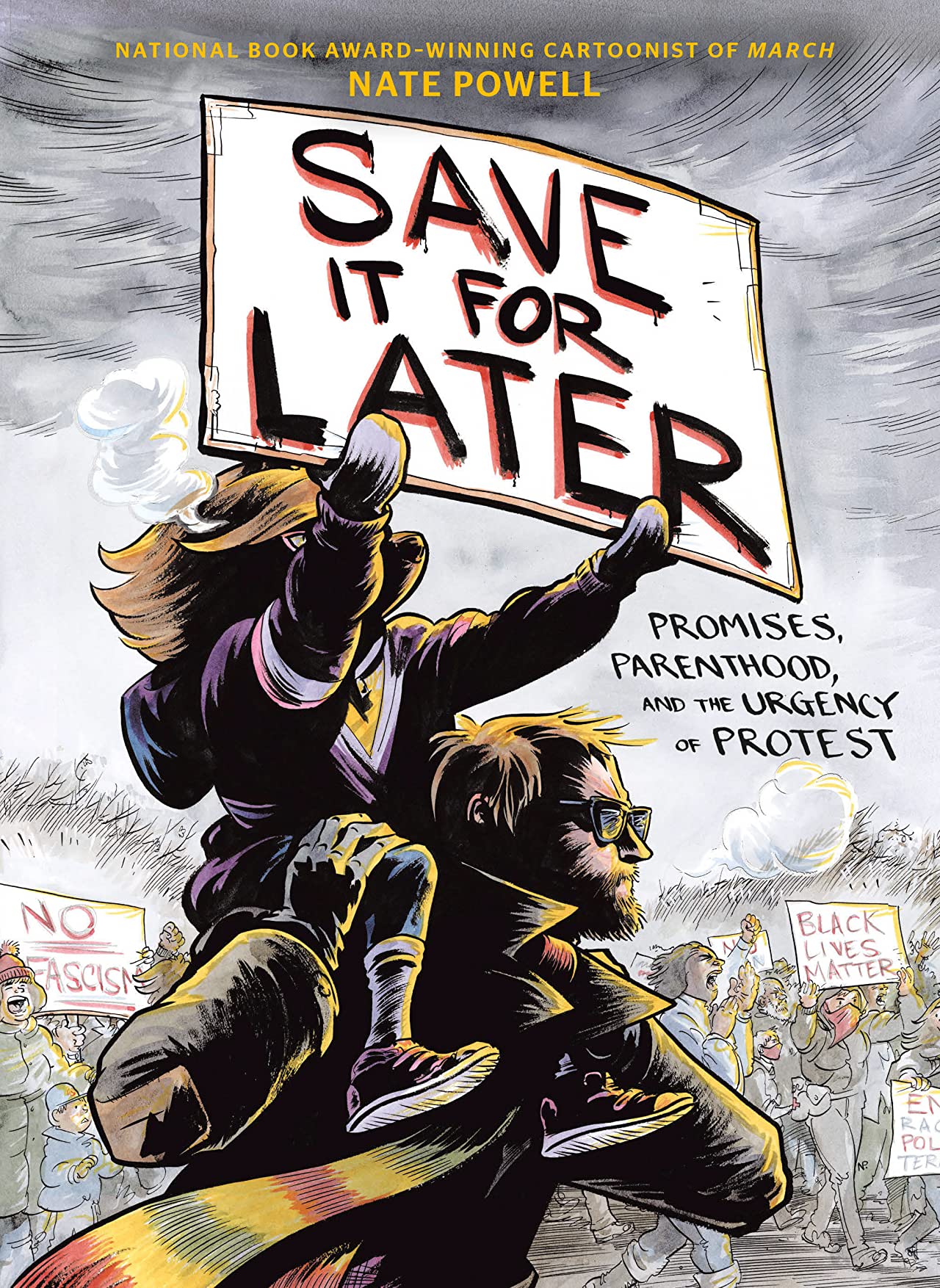
Entry points into books, what hooks us as readers, are obviously varied. At some point, we all read to learn new things or to deepen our knowledge about a particular curiosity (especially when it comes to non-fiction). It can be hard, but many of us also read to challenge our beliefs, deliberately choosing a title that might not jive with our inclinations in order to either shore up our moral compass or at least give insight into another mode of thinking. All of these are noble reasons for cracking a book, but there is often another core reason that can be, at least on the face, a little more problematic. What is even more dangerous upon dissection is that this form of reading might be the most popular reading rationale in the age of the social media internet.
I write, of course, about reading for confirmation.
Confirmation as a modality provides a particular plague for modern journalism, one that affects both ends of the political spectrum, and one that leaders do a lot of lazy writing that rewards sensation over construction.
Thus, it makes me rightly nervous when I approach any work with a proclivity for at least initial appreciation based on a perceived message. This is different of course from choosing a book because the topic is particularly intriguing. To be fair, I think I get spooked much easier by short-form internet publishing that sits too well with my perceived notions, but when I come across a work that resonates with my ethics, I find a particular duty to engage in a more rigorous reading of it. In other words, I’m probably harder on these books.
I write this because, despite any of these rigors, Nate Powell's Save It For Later is easily one of the strongest offerings I've had the pleasure of reading in 2021, and it does its duty of cathartic purgation with such effective grace that I'll spend the next few hundred words stumbling over myself trying to capture exactly why this book resonates this well with a reader like me.
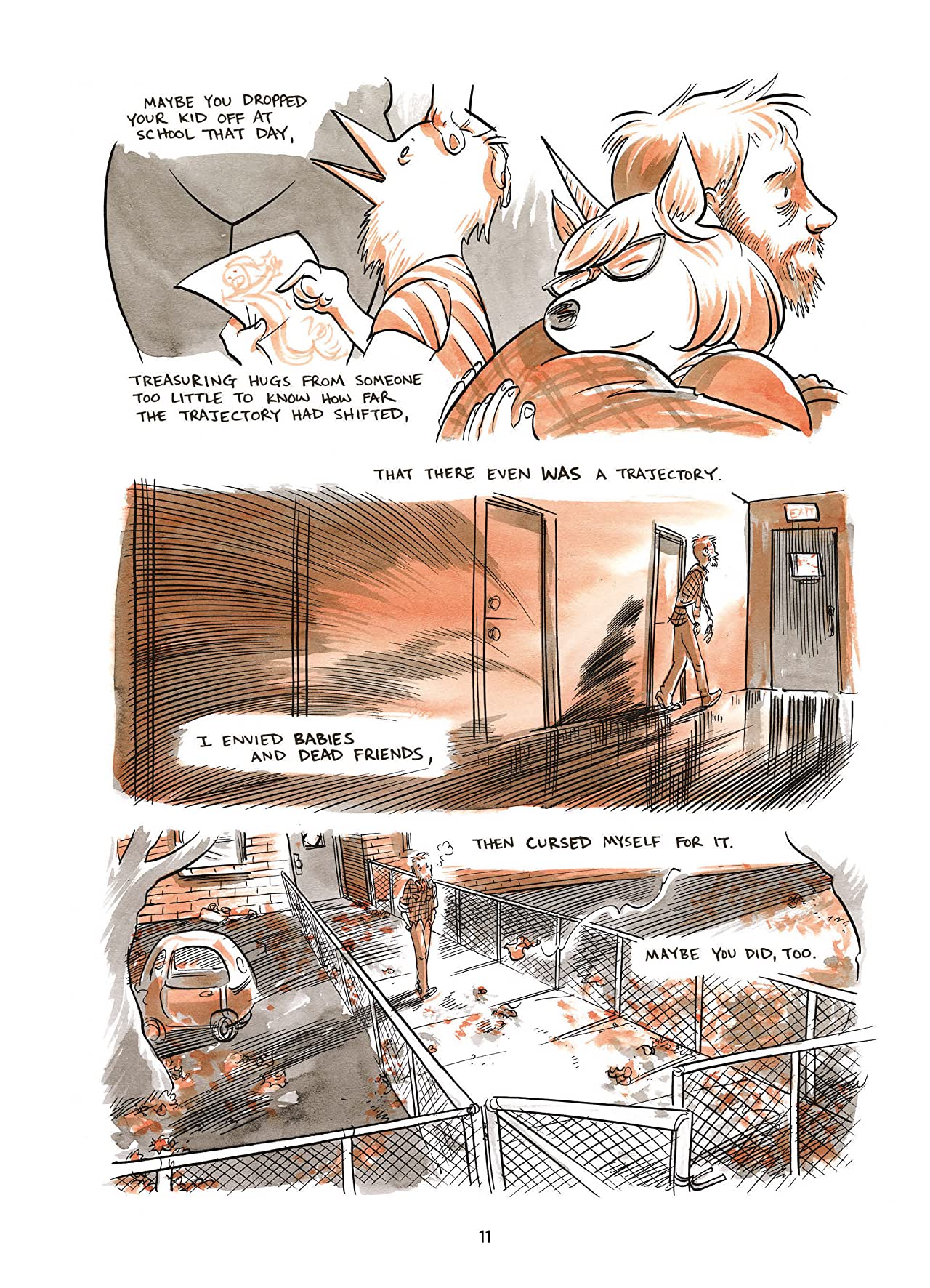
Save it for Later indeed holds up to my particular strict scrutiny. (I’m such a nerd, that I actually find it more fulfilling to put a book through the wringer and come out loving it like it proved something to me as if it actually had anything to prove). You can hopefully understand my trepidation. I already held Nate Powell in high esteem even prior to his superb work on the March trilogy. And I kind of had the feeling that Save it For Later would be a head-nodder for me, and I wanted to be sure I was considering more about the book than just what Powell had to say politically. My rigor as a reader was to move beyond his message if not his entire perspective.
Yes, I did this months ago, before I ever considered writing about it. This is what I consider reading for fun. This is why I'm so fun at parties.
But such an exercise was fairly easy because Save it For Later doesn’t necessarily produce any single distinct or linear message. Perhaps at the end, after he knows the reader has had the chance to absorb the entire book, Powell offers a unifying element in the closing chapter that helps to codify some intended takeaway. But, for the most part, I would argue that the brilliance of Save it For Later is that it is less a polemic and more of a real-time reaction to the Trump era of politics. Thus, for me, the book is less prescriptive than it is cathartic. There are certainly calls to action peppered throughout the book, and the idea of “urgency” in the book’s subtitle permeates thematically via Powell’s reckoning with the past five years.
Consequently, I’ve found myself looking more at the construction of the book than the message itself. I opened this book predisposed to Powell’s worldview, so I don’t have any particular inclination to analyze that component. What I hope the exercise does is reveal the salience of Powell’s message through an analysis of the methodology behind the book. Save it for Later isn’t necessarily unique in its politics, or perhaps more specifically, its worldview. It’s likely consistent with the feelings of anyone left of center who lived through the Trump years. What triumphs, though, are the layers deeper than the on-face worldview or political reactions, namely the personal catharsis Powell injects into this work. Perhaps, though, what I find most invigorating is the wholesale construction of it. Powell as a cartoonist transcends with this work. It is simultaneously more visceral and more ethereal. As someone who has enjoyed every one of Powell’s solo works, and as someone who believes the entire March trilogy should be in every classroom in the United States, I hope I say this without hyperbole - Save it for Later exists on a different level.
Most readers are familiar with Nate Powell from his work on the March trilogy, and that experience is enough of a primer into Powell’s style as a visual storyteller. Save it For Later will feel familiar at parts, but it is more inflected with color and contrast, a la Powell’s earlier work, Come Again. Powell has primarily worked in black and white, but it was with Come Again that he began accenting his dark shading with autumnal hues. He carries that aesthetic to this book, and I think it’s fair to say he has coalesced into a particular style, one that merges a type of semi-realistic cartooning with a dose of noir impressionism. Powell works mostly in personal stories, but I bet he’d draw the hell out of a crime book.
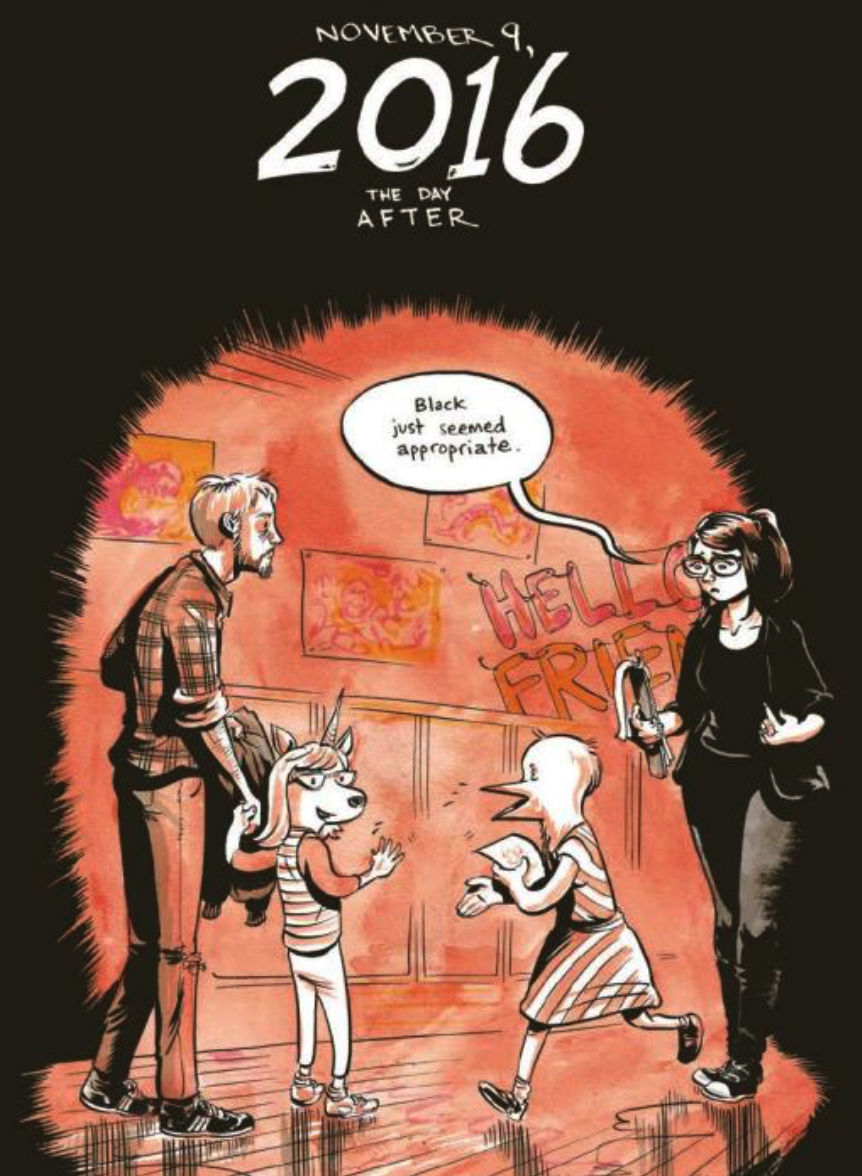
Save It For Later opens in 2016 just a few days after the Trump election. Powell accents this first entry with a faintly burnt orange hue, contrasted with the icy blue that punctuates the story months later as inauguration day approaches and resignation sets in. It’s hard not to read into that particular element of metaphor, and it is the cool blue that Powell will cling to most often through the rest of the book, harnessing it to inject a touch more emotion into his heavy black and white panels, especially the darkest pages, those the most bereft of hope, literally cloaked in metaphysical darkness. Perhaps the blue represents Powell’s depression, contrasting with the orange of the lead-up, the remnants of a red rage slowly burning out. I like to think of the blue representing the cold, conjuring images of winter with blue ice or frozen blue waterways, different from the dying orange of the fall. The steely, cool blue could be the steady return to normalcy, the comforting notion that the lake is only temporarily frozen, and that life will eventually return. One of the clear takeaways is the idea of resilience, the need to hold fast in the face of adversity. So, thus, Powell’s blue could also conjure that notion of dedication or faith.
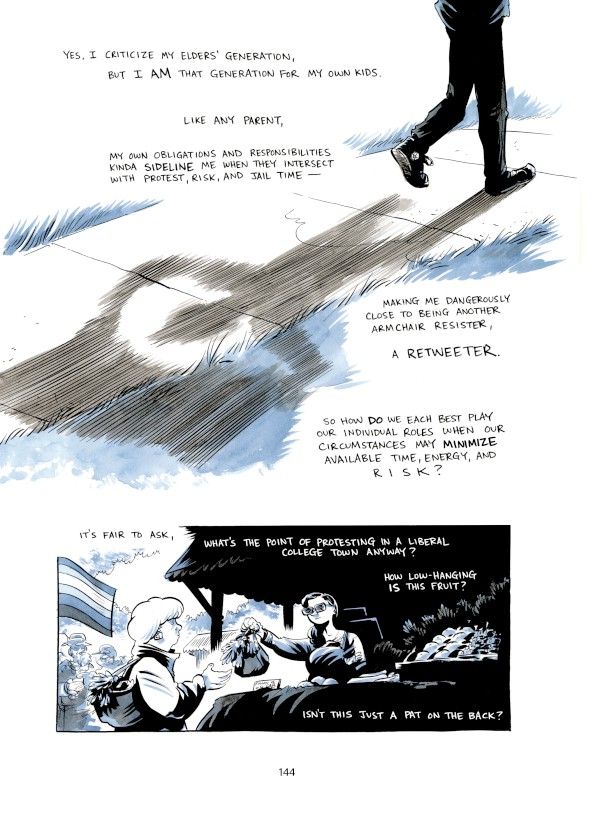
Powell’s approach to panel and page construction is the hallmark of his creative approach to this book. Originally, I had convinced myself that Powell was doing something remarkably different with his panel construction itself. While it does tend a little more to the wild side at times, what I think truly sets this work apart isn't the image or panel placement as much as it is Powell’s lettering. I realized that it isn’t so much the way he constructs the lines on the page, but the way his lettering - and therefore the narrative - interact with his art. His placement of text on the page adds a unique dynamic to the book’s structure. The way he places text on his single panel/splash pages adds another layer of poetry to the work. It’s flowy, and there is a beauty in the way it descends on each page, connoting a far more personal feel like that of a journal of Powell’s real-time reactions to the world in the midst of Trump.
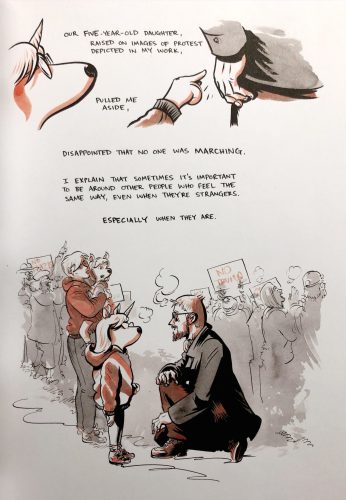
Coupled with the fact that the book is broken into sections compiled of shorter subsections that almost feel like vignettes, it really does start to feel like Powell is producing a diary or a letter constructed for the purpose to pass down to both his daughters and future generations. Powell seems conscious that he is creating an artifact, and it resonates as such. But he does so deftly. Save It For Later is a spotlight on history, and Powell doesn’t overextend by trying to universalize or reductively contextualize his message. In fact, I would contend he creates a far more universal message by focusing on his own personal reaction paired with his effortless way of documenting his own anguish. If you’re sympathetic to this worldview, it’s going to hit in a way I’ll never be able to capture. If you’re like Powell or me, raised on punk rock with your nihilism tempered only by your optimism, it’s hard to qualify the gut-wrenching realization that we’d regressed into neo-fascism.
In high school, I spent countless hours thinking about fascism. But it was always just beyond my imagination. I had anti-Nazi patches on my school bag and hoodies; I was convinced the only thing that stood between freedom and fascism was punk rock kids violently slamming into one another a VFW halls across Philadelphia and Southeastern Pennsylvania. As I got older, my values didn’t change, but I was definitely lulled into some false security that the looming Nazi punk was really just a boogeyman from a bygone era. And then . . .
I digress. Back to the construction of the book:
Parts of this book do indeed read like a structured comic narrative, and these segments are tight and well-executed. They provide not only narrative movement but also the appropriate context and occasional backstory that make Powell’s more poetic sojourns that much more poignant.
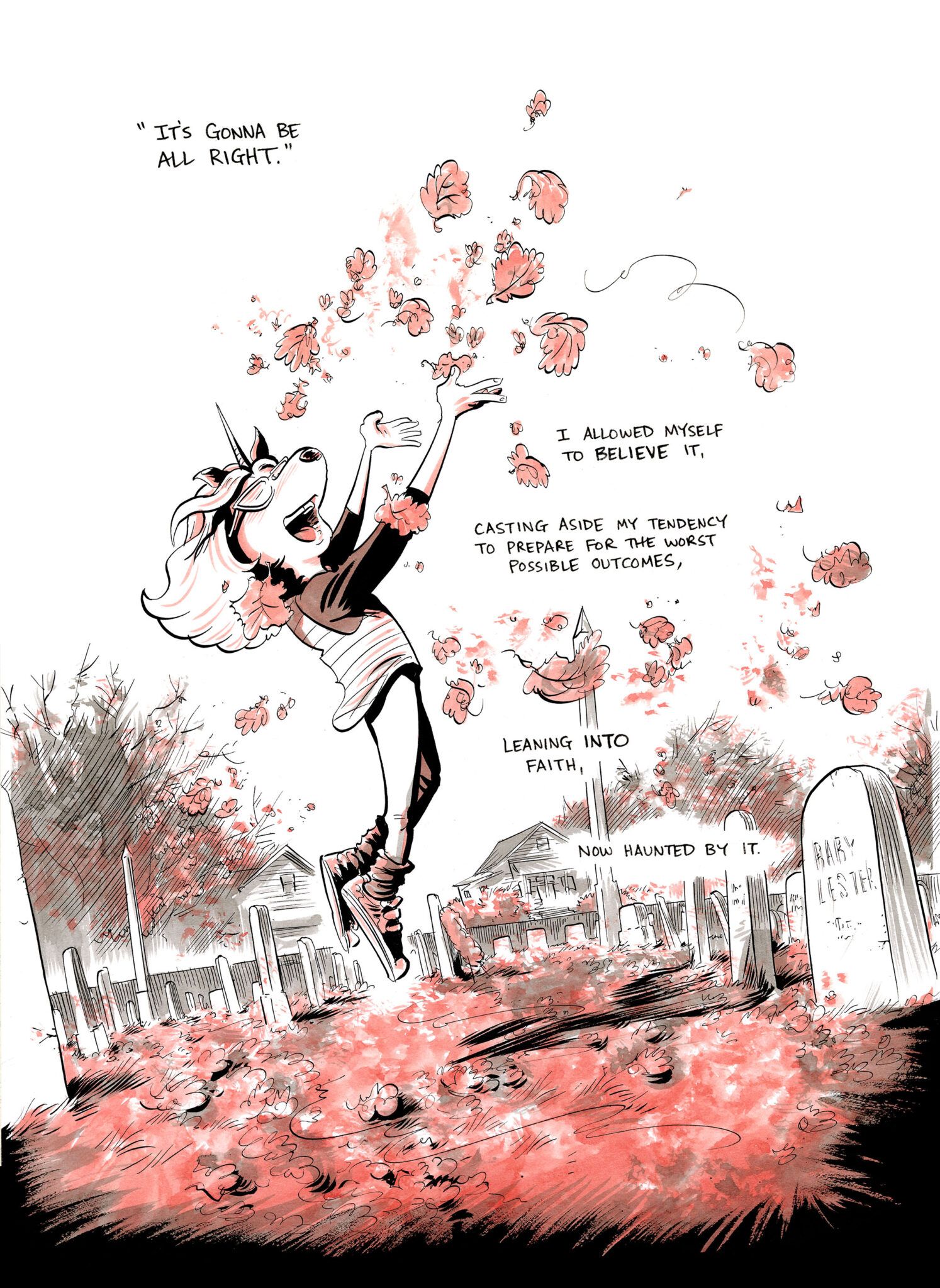
But the soul of the book is the splash pages, where Powell's words fall effortlessly down the page and the art mesmerizes the reader into contemplation. These more poetic portions don’t connote feelings of verse solely because of the way Powell writes, but also because of the way he organizes his pages. There is an organic conventionality to all of it, a thoughtfulness behind each page component, from shade to line to letter. These pages read differently - it feels more like the reader is watching a slide show and Powell is providing a voice-over. But it is distinct from narration; he isn’t ever necessarily describing a page. It’s more that he is articulating a feeling or emotion of the moment, and the art on the page should conjure a similar emotion. Both art and narration thus extend each other instead of progressing side-by-side. It’s a beautiful reading experience.
Throughout the book, this deliberate contrast of narratives drives the flow of the book. Powell’s words and images often work more symbiotically than deliberately. It isn’t that they are disparate, nor even disconnected, but they do seem to function each as their own component. Don’t get me wrong, Powell creates plenty of panels that are straightforward sequential scenes where his narration boxes and speech bubbles can only function within that panel. But, there are significant portions of the book where Powell’s words and art connote a feel that can best be described as free verse. I can only speculate about what came first, images or words. The structure itself feels different, more free-flowing, almost as is the images and words accompany one another rather than directly correlate. This design element makes me consider the role of the 24-hour news cycle and its hyper-relevance in the age of Trump, through the early days of the pandemic, the summer of Black Lives Matter, and the pendulum swing to the January 6th insurrection, all the way into the frustrating impasse that has personified 2021.
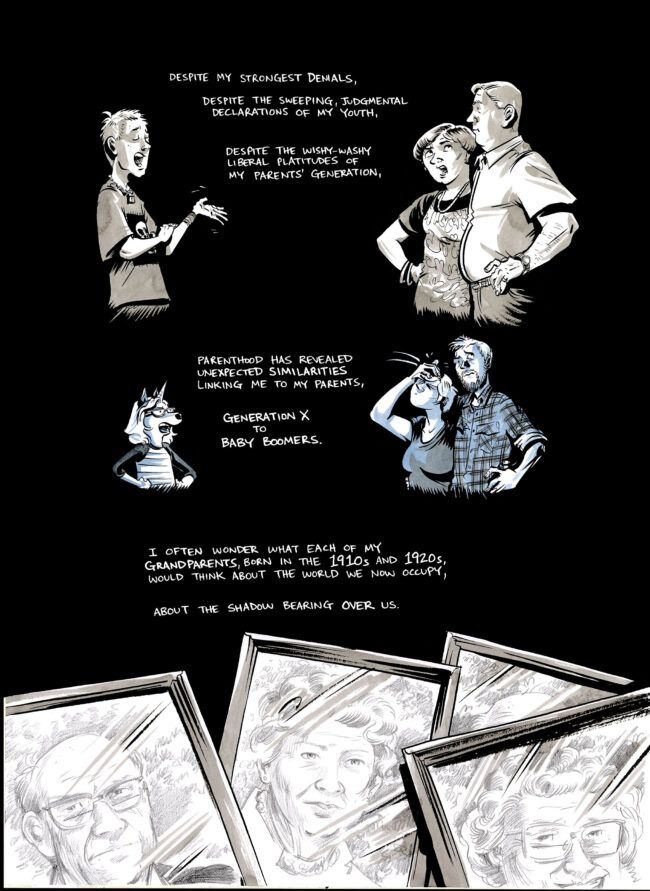
There are also some other meaningful choices Powell makes as a cartoonist. The most obvious is the decision to depict his two daughters as puppies, his older additionally adorned with a unicorn horn. Portraying his girls as puppies feels like a very specific choice to me. At first, I thought it might be a stand-in disguise, that Powell didn’t want to recreate his daughters’ images for the book. I would completely understand that prerogative, but a picture of Powell and his oldest daughter at a protest at the back of the book throws a monkey-wrench into that theory. It might not completely discount it, but it caused me to think differently. For me, the symbolism of innocence jumps out at me, but it also makes me consider the role that animals have in our society. If we are called to be caretakers of certain animals, it's also our responsibility to be caretakers for our future, for the future of children.
Earlier in this essay, I mentioned that this book could function as a letter to Powell’s children. At times, it feels like Powell is speaking directly to them, and in this way, he embodies both an idealism and patience. He simultaneously seems to know that nothing will change overnight and that the burden of protest rests in the diligence of the protesters. And that seems to be the core of what he wants to impart to both his daughters and his readers. It isn’t lost on Powell’s punk rock-rooted idealism that we can ever rest on our laurels. Powell’s idea seems to be an ongoing regeneration. He sees his Boomer parents who have good hearts and who served as inspiration for his own political awakening resign themselves to making certain excuses or concessions that, while not wholly apathetic, seem to take the wind out of the sails for change their generation could have provided. Powell deliberately wants to avoid this tragic turn, and it’s there that we see words from the book’s subtitle, “the urgency of protest,” become apparent.
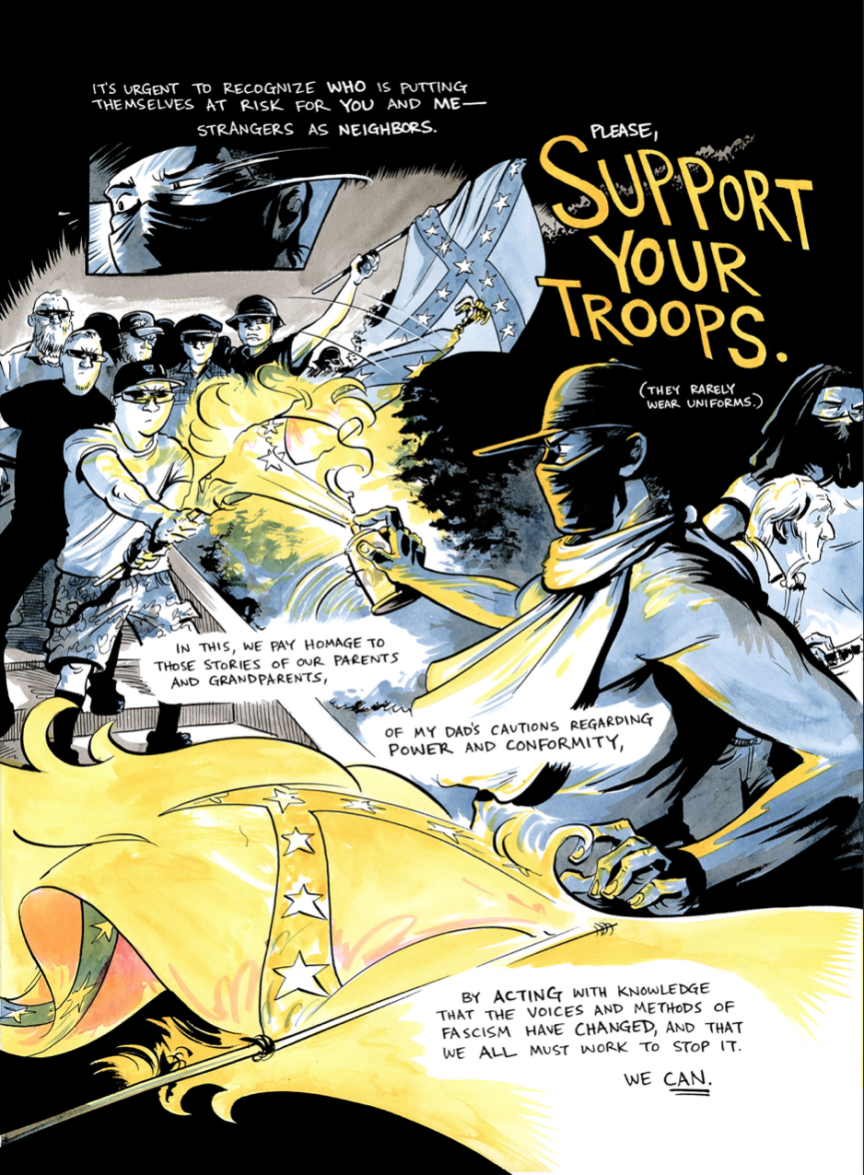
Many of us spent recent years repeating maxims like "this is not normal" or phrases like "course correction." We often discussed the fragility of our democracy in the same sentence as we assured ourselves it would perpetually endure. The whole purpose behind Save It For Later is to jostle us back into action. While it certainly exists as a document of its time, what causes me to believe Save It For Later will endure is the timelessness of its message. Yes, it is an artifact, but it is also a reminder. With the March trilogy, Powell cemented himself as a giant in the world of comics, but this might very well be his magnum opus. Nothing I read during or about the Trump years is as emotionally honest without devolving into hyperbole. Message notwithstanding, what will forever stand out to me about Save It For Later is the storytelling model Powell employs. It is visual poetry, rife with lingering moments of contemplation. The best poets reach deeply into their souls in order to touch ours, and that is the catharsis at the heart of Save It For Later.


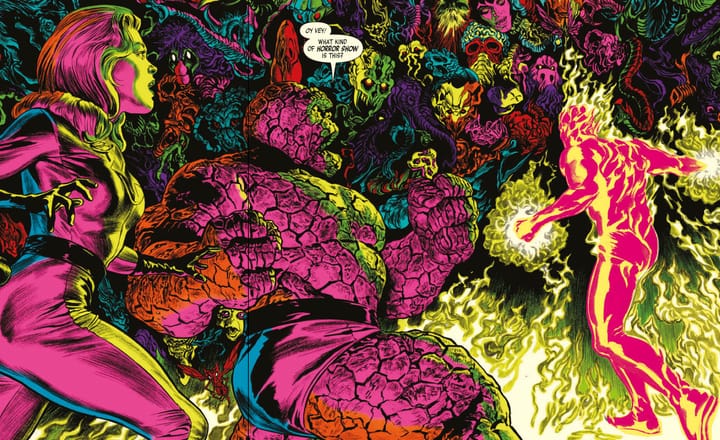
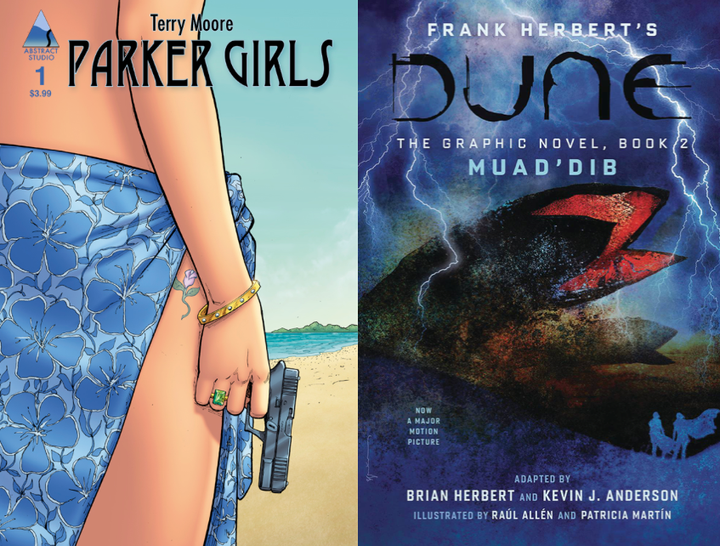
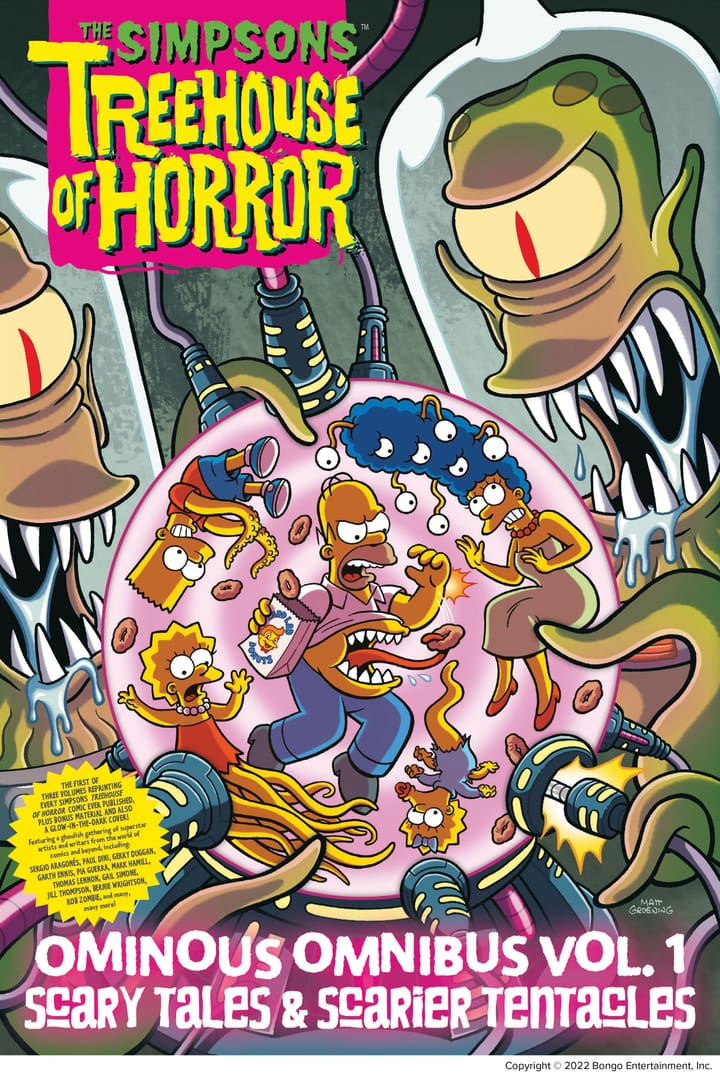
Comments ()